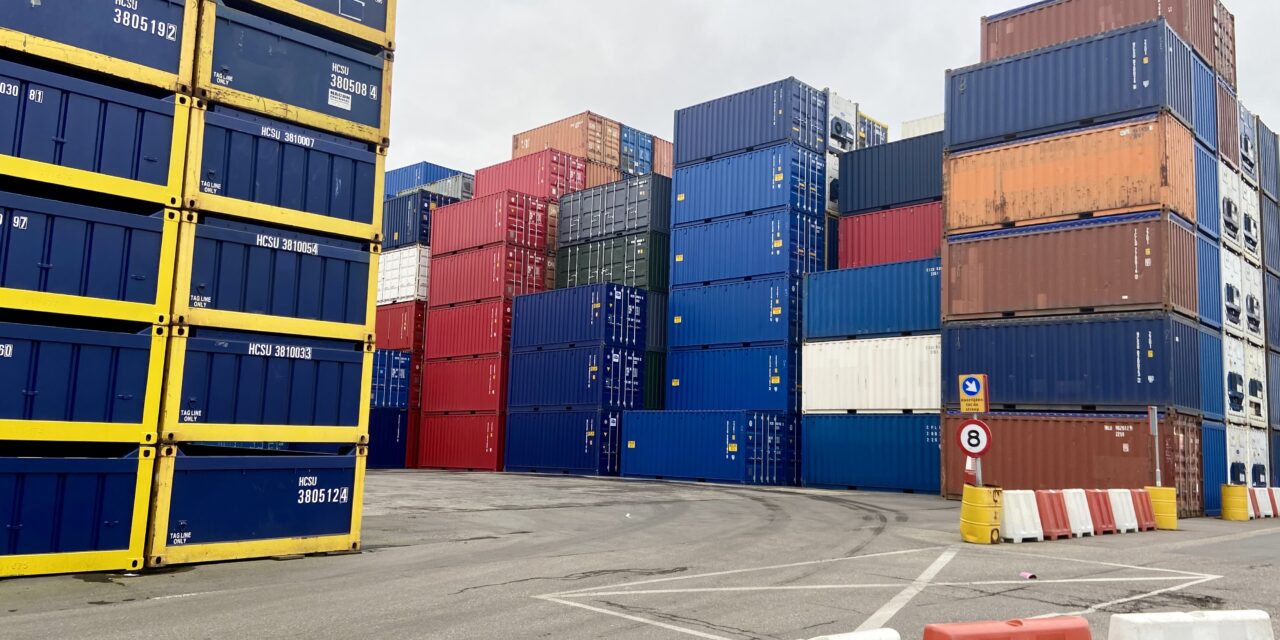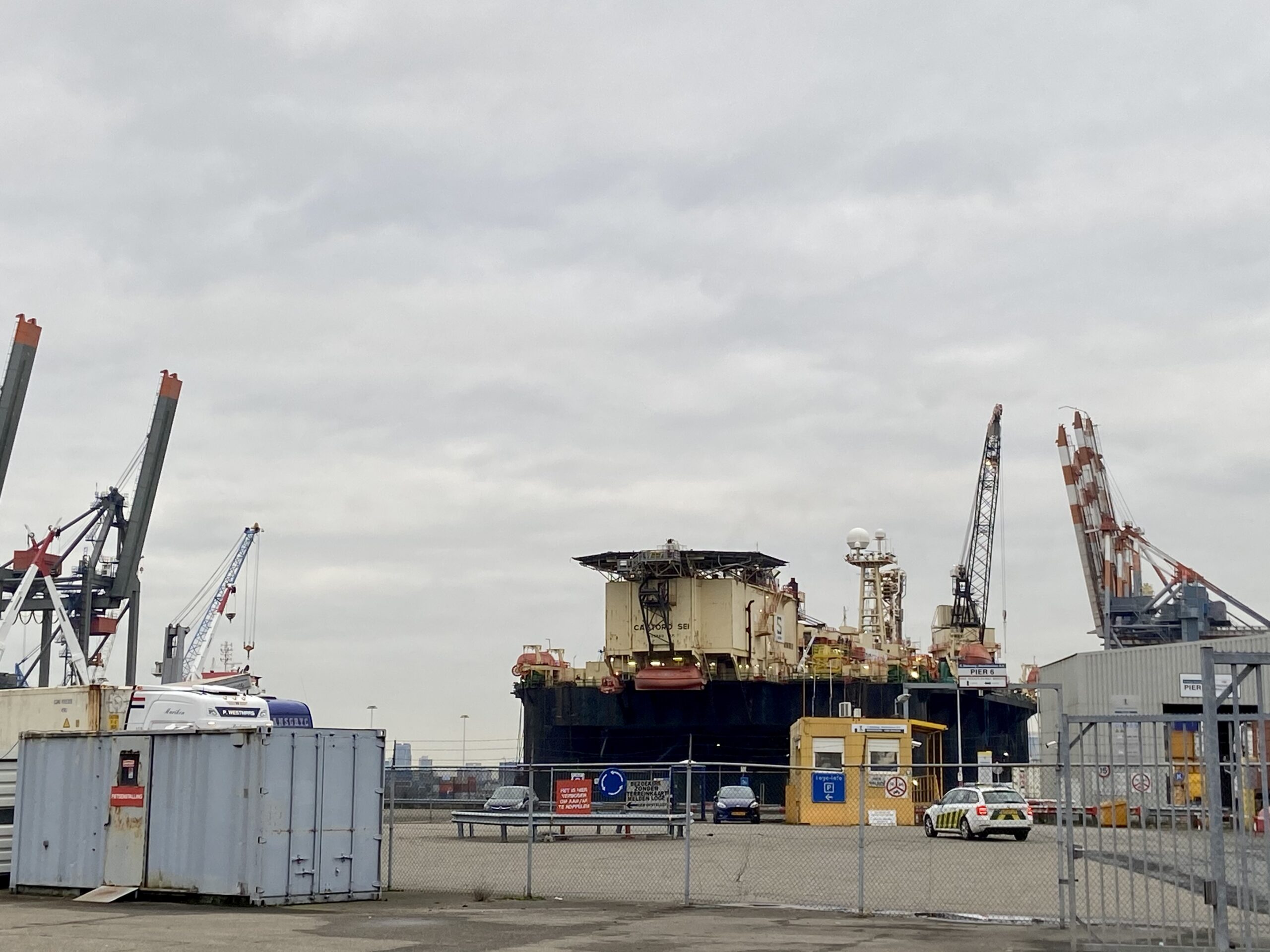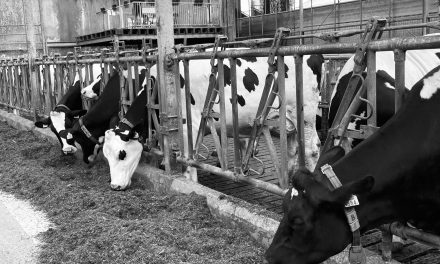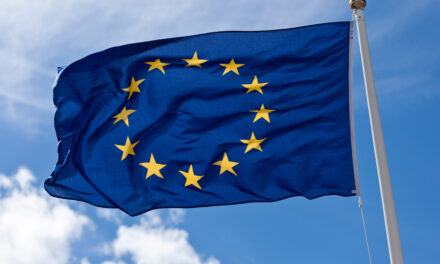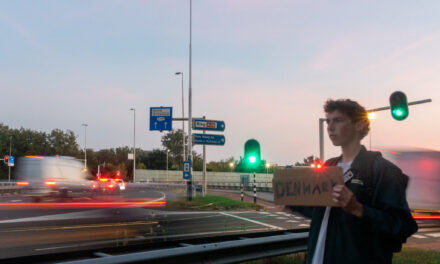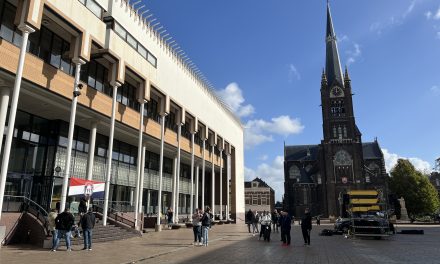To drug smugglers cocaine is white gold. The production of coca, the plant that provides the basic ingredient for cocaine and grows in South America, has increased significantly in recent years, according to the United Nations Office on Drugs and Crime. This results in problems not only for the cocaine-producing countries themselves, but also for the rest of the world. Cocaine is smuggled by means of the transport of containers to ports in Europe, of which Rotterdam is one. Figures published last week by the Dutch Public Prosecution Service show that again more cocaine was seized in 2020 than in previous years, namely 40,000 kilos.
The port of Rotterdam is the largest in Europe. Everything you could imagine is transported via this gateway to Europe. However, it is often misused by criminals due to its location and excellent facilities. The port plays a major role in drug trafficking from Latin America and is overrun by shiploads of drugs. About 8.5 million containers pass through the port every year, of which less than 2% are actually checked. In this way, a huge number of drugs enter Europe illegally.
Teams
Whether the tons of drugs intercepted really affect the criminal organizations that smuggle drugs is the question, but there is no doubt that Rotterdam is doing its best to combat drug smuggling. In addition to customs and police two teams have been set up to deal with drug trafficking in Europe’s largest port. The Hit and Run Cargo (HARC) team is a collaboration of various Dutch authorities; customs, seaport police, Fiscal information and investigation service (Fiod) and the Public Prosecution Service (OM). This team is engaged in the investigation and prosecution of major subversion investigations in and around the port. Another special unit was recently formed; the Combiteam. This involves bundling information from various authorities; the seaport police, the regional police of Rotterdam and Zeeland-West-Brabant, the National Criminal Investigation Department and Fiod. The goal of this team is to disrupt the criminal process and thwart subversion. When looking at the number of kilos intercepted, one cannot but conclude that these teams are at least doing something right.
Drug smuggling
“Which criminal organizations and people are hiding behind drug smuggling in the port of Rotterdam is difficult to determine, but it is clear that there are at least several groups involved,” says Lieselot Bisschop. She carried out an extensive study of drugs, crime and corruption in the port of Rotterdam, together with her colleagues. “This is visible because there are occasional discussions among these groups after a batch of drugs has been intercepted. The HARC team communicates very clearly about what exactly they seized, to ensure that the criminal organizations behind the smuggle know it has not been stolen by another group.”
Drugs are not always smuggled in the same way. Constantly new tactics are being devised to transport the illegal drugs in a ‘safe’ way, but there are a number of techniques that are used more often. Bisschop explains: “for example; the drugs may be attached to the bottom of a ship. This could mean that it happened without the knowledge of the people on board of the ship. It could also have been attached or left in the engine room, which obviously means that someone smuggled it inside. If it is hidden in the cargo, so inside of the containers, it depends on how it is smuggled. Often drugs are just packed in sports bags and dumped in the container, but what also happens quite regularly is that packs of drugs are built into the container itself, such as in the floor, walls or in the ceiling. To take it out, someone is needed who can reach the container when it has already been emptied. This may all happen without the knowledge of the person who paid to have the goods transported. The same applies to contraband that is hidden in the shipped goods themselves, for example in fruit. In this case, the person who takes it out has to get into the destinated fruit company or the company itself is involved,” according to Bisschop. It is clear that there are many ways in which drugs are smuggled and that people who smuggle are diverse and adapt their techniques when there is more control on one or the other. What is clear is that importing drugs into the port of Rotterdam is only possible with internal help. In other words, corruption. In recent years, several customs officers have been arrested and prosecuted for allowing drugs through against payment. But also within the shipping companies and transport companies and the companies that work at the terminals, staff are guilty of corruption by, for example, admitting criminals on the site, lending access passes, separating containers with drugs and renting warehouses where drugs can be temporarily stored. Corruption also takes place within security companies and nowadays there is even talk of criminal organizations recruiting people to apply to port-related companies and infiltrate for the criminals.
The report that Bisschop contributed to describes that a huge number of people in the port of Rotterdam have access to certain information which is not relevant to them. Thousands of people arrive at the terminals every day. “People come to clean or to deliver something and so on. More people than necessary for efficient handling of containers can gain insight into where containers are located. There are also jobs in the port for which you do not need a certificate of conduct, or in many cases, people can already start working without it having received the document yet. Steps can be taken in these matters. The standard transparency that is assumed in the port must be adjusted,” says Bisschop.
The Container Control Programme
There is of course still a lot of work to be done in Rotterdam, but most cocaine arrives via Latin-America, so containers over there also must be controlled efficiently. This continent pays by far the highest price for the US-fueled ‘War on Drugs’. The drugs are smuggled all over the world, from the United States to Europe, and are mainly produced in Colombia, Peru and Bolivia. To gain control over this smuggling problem, among other things, the Container Control Programme was set up in 2004 by the United Nations Office on Drugs and Crime (UNODC) in collaboration with the World Customs Organisation (WCO). “The programme was established with the idea of starting multidisciplinary units to provide training to identifying risk containers,” says Bob van den Berghe. He was stationed in Panama until 2019, where he was responsible for executing the Container Control Programme in Latin-America and the Caribbean. Today he is based at the headquarters in Vienna, where he is responsible for the technical implementation of the programme worldwide. The CCP intercepted a record number of cocaine in 2020, namely 105 tons. 68 tons of this total number was destined for the European Union, of which 16 tons for the Netherlands.
In Latin-America, CCP units are active in seventeen different countries, including the three cocaine producing countries. Customs play a key role in the program, but the police and in some countries military personnel also play a role. When the WCO comes into play, they have a fixed pool of trainers who have international experience. The units on site receive theoretical and practical training during four weeks in which they learn, among other things, how to recognize risk indicators and how to recognize where hidden spaces are based on the structure of the container. Study visits are often organized afterwards in which people from Latin-American countries visit the port of, for example, Rotterdam. “This is where the two worlds actually come together for the first time. in this way, the distance felt between the two continents is suddenly made much smaller and employees in the port of Colombia can suddenly consult with their fellow companions in the Netherlands,” says Van den Berghe. This bond continues after departure by means of an international communication tool that has been developed and which can accommodate more than a thousand users from over a hundred countries. This makes it possible to communicate and, for example, to share seizure reports. Van den Berghe continues: “This way, someone from Fiod in the Netherlands can see what kind of firm or company was involved in smuggling in Panama, for example.”
Trying to empty the ocean with a thimble
All these measures taken in Latin America and in Rotterdam cannot suddenly completely end drug trafficking. A little more is needed for that, Bisschop and Van den Berghe both agree. After all, the production of coca is still increasing, and more and more drugs are intercepted every year. “We used to intercept a few hundred kilograms and now we are talking about several tons in one container. We are not naïve in this fight, but we do want to try to eliminate as many of this traffic as possible and ensure that we can manage it a little better,” says Van den Berghe. Bisschop agrees that certainly important steps already have been taken, but she emphasizes that there is also a lot of work to be done. “I think that steps can mainly be taken by screening staff more strictly and sharing information about corrupt employees more often. I do not think that we can completely combat drug trafficking,” she says. A cultural change is needed to combat large-scale drug smuggling. “If something is dealt with in Rotterdam, other major European ports that are misused for drug trafficking, including Antwerp and Hamburg, must also participate. If that does not happen, the problem will not be solved, I guess. That way you only improve the situation for your own port, but illegal cocaine will still enter Europe in a different way,” says Bisschop.
